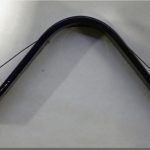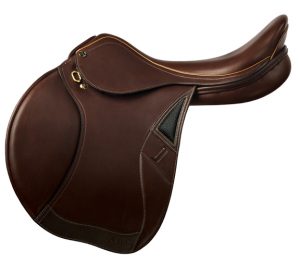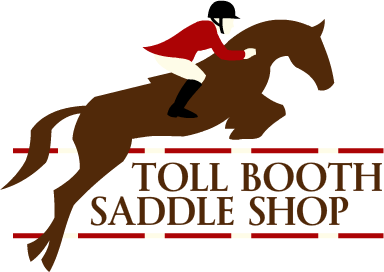Some tips on Saddle Fit
A poorly fitting saddle can cause a number of behavior problems.
Here is an example of a saddle fit problem.
The pony, a Welsh/TB/Appy cross, is deceivingly round. He doesn’t take up much leg because his ribcage doesn’t spring out, and because of that, the owners didn’t realize that he was quite wide up top until the trainer pointed it out. The pommel should be sitting where the green line is, which indicates a relationship of cantle approximately one inch above pommel.

The above picture is the saddle on the pony with medium gullet installed. Note the extremely high pommel – a clear indication that the gullet plate is way too narrow.
Before purchasing a saddle, it is always a good idea to take a wither tracing. Like the one below.

As you can see from the wither tracing above, taken 3 fingers behind the scapula, the pony is REALLY quite broad.
 .
.
Here is the previously installed Medium plate laid against the pony’s wither tracing – clearly much too narrow! If you are purchasing a saddle with changeable gullets, Take your tracing with you to determine the correct size. Hold your tracings up to the gullets in the store to determine the correct one.
There are many different saddles out there with interchangeable gullets. Pessoa, Ovation, Tekna, HDR and more! 
If you wish to purchase a saddle that is not changeable. Bring that tracing in.

Take your “virtual” wither and hold it up inside the saddle, under the pommel and between the panels to get an estimate of fit.
Remember bad saddle fit can cause a number of behavior problems. Bucking, biting when the saddle is being put on, and many other problems. Think of what is would be like if someone was asking you to do hard work with tight or ill fitting shoes. Check your saddle fit regularly as horses can change. They can muscle up when put into work, or lose muscle if they have had time off. Keep your horse comfortable and he will work much better for you.
Some information and pictures came from ERS’s All About Saddles Newsletter


Recent Comments